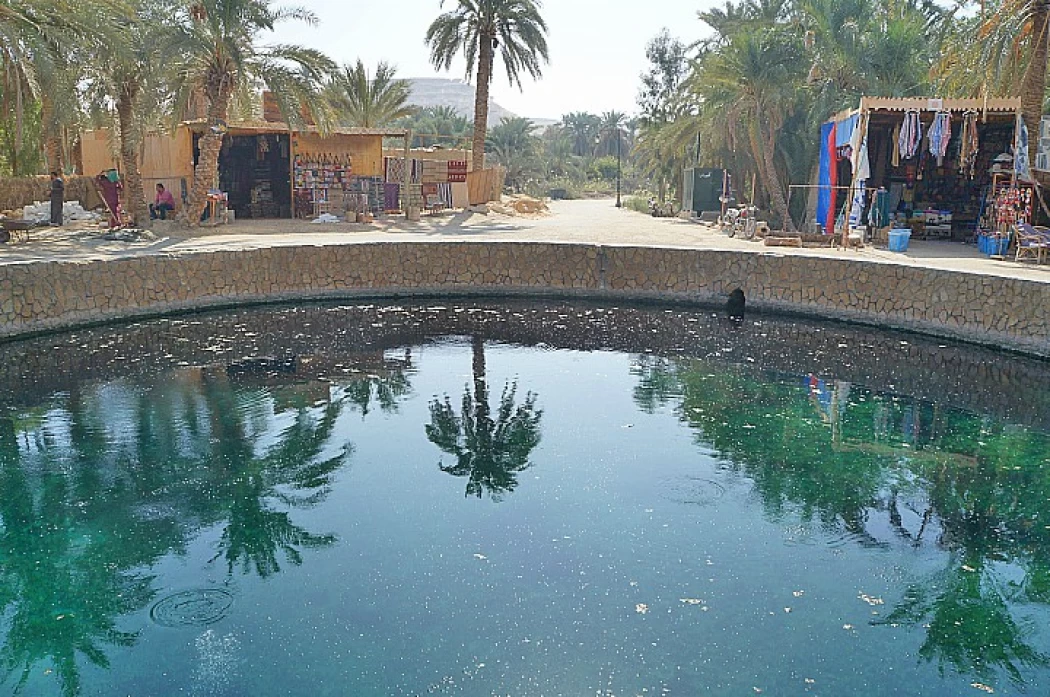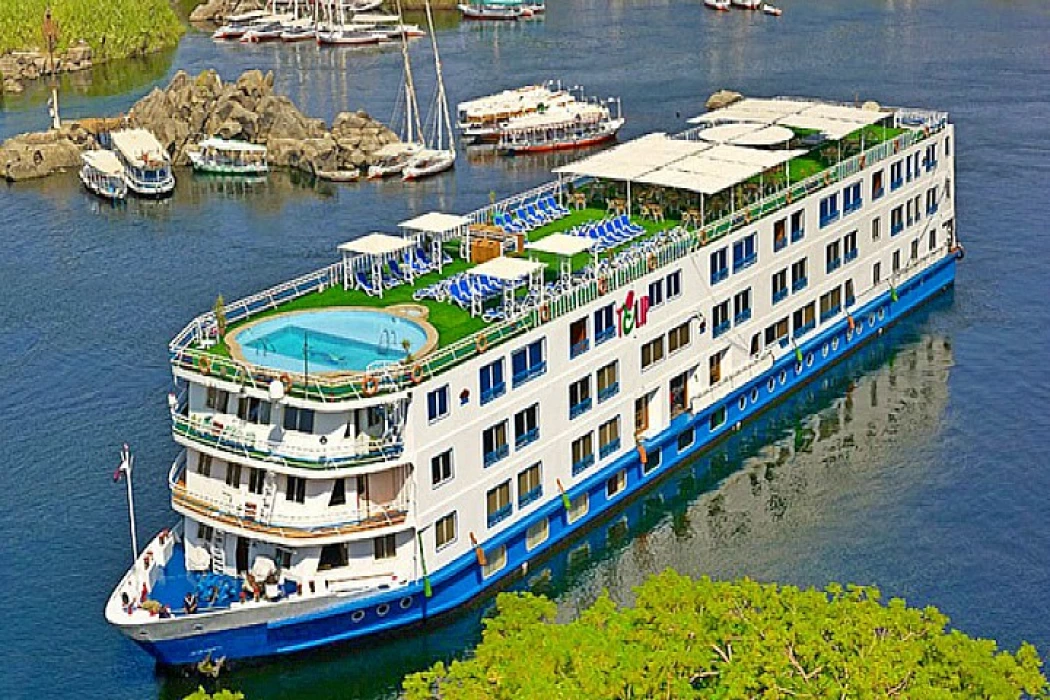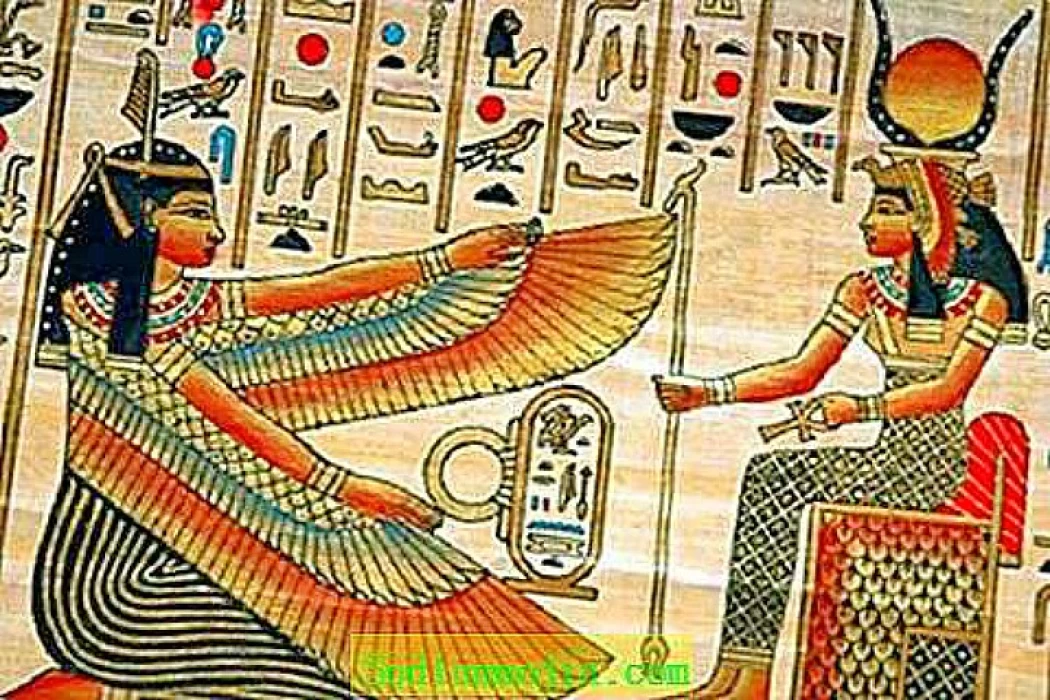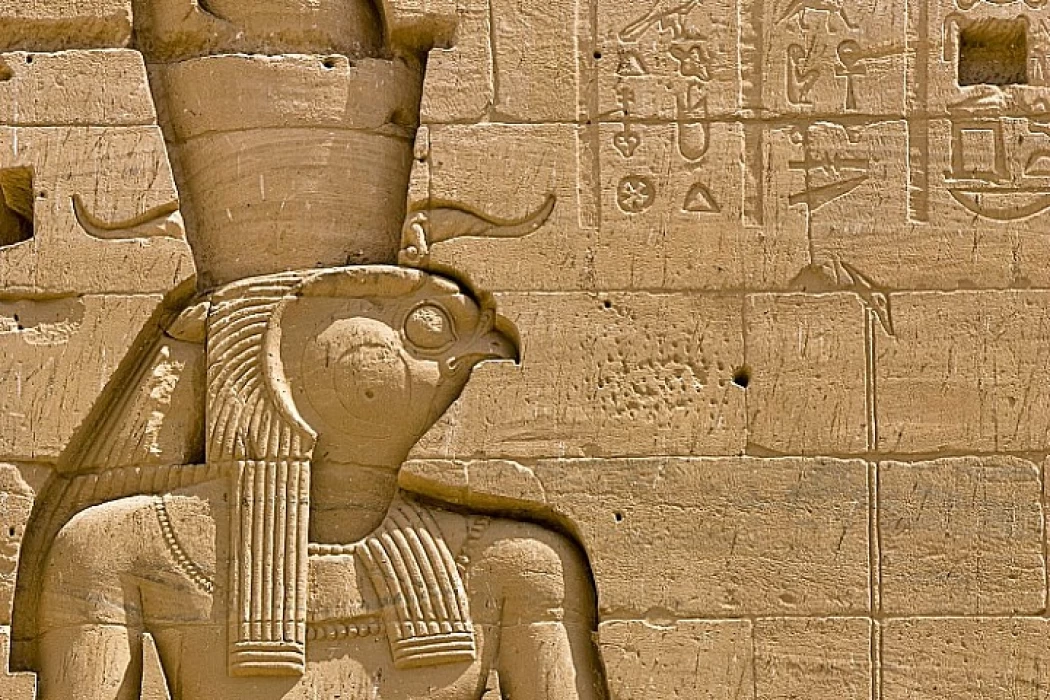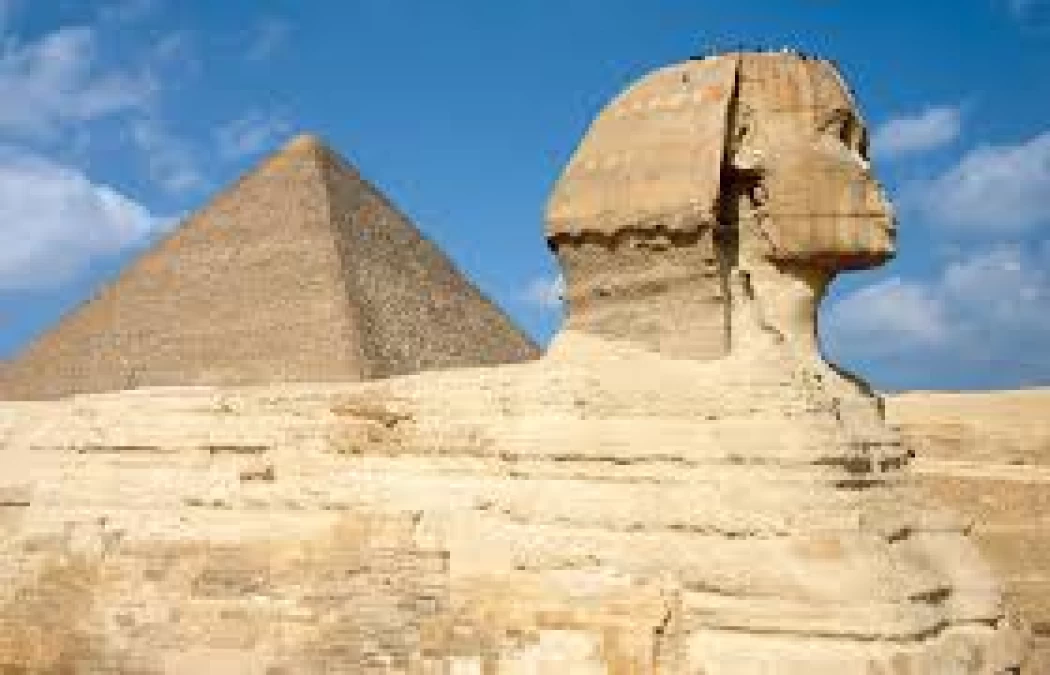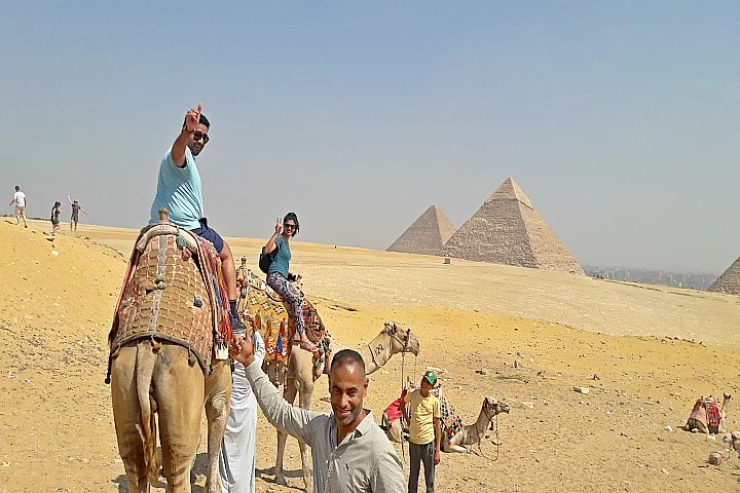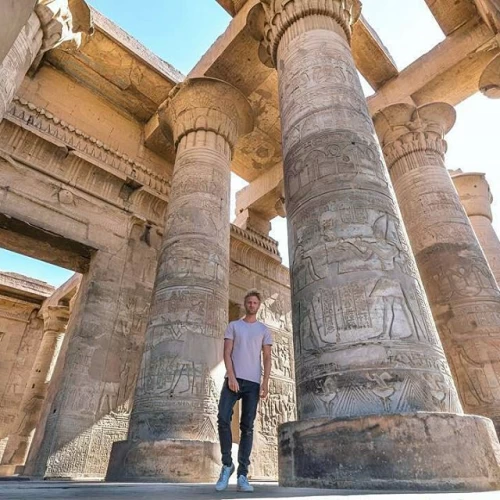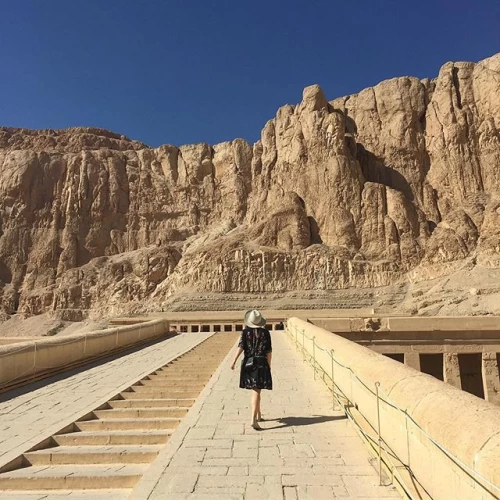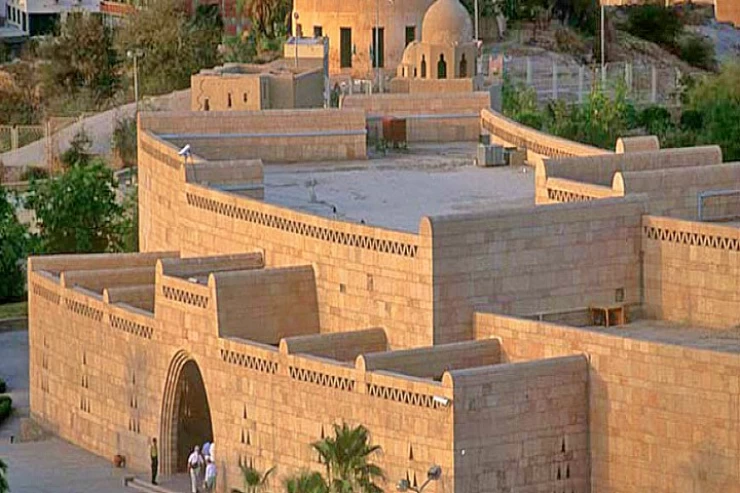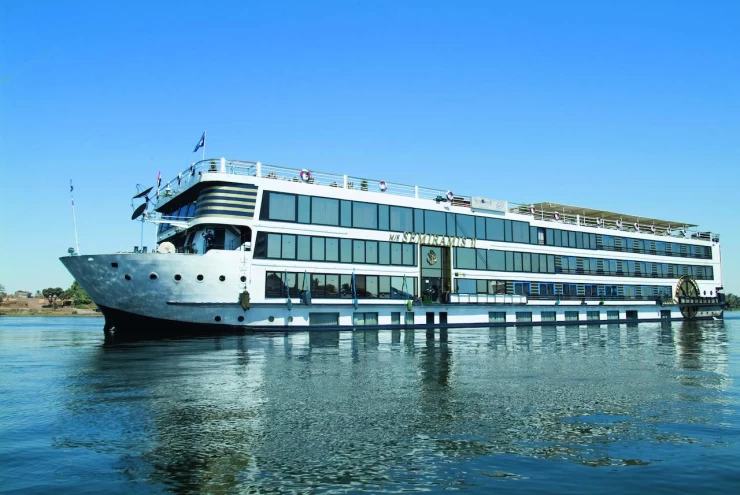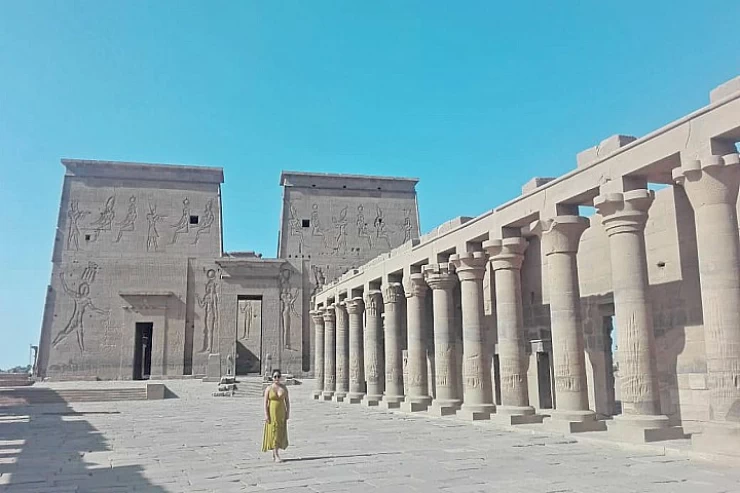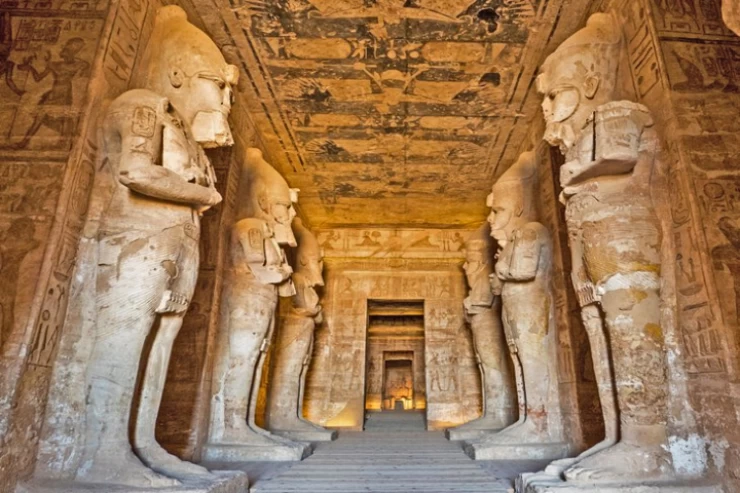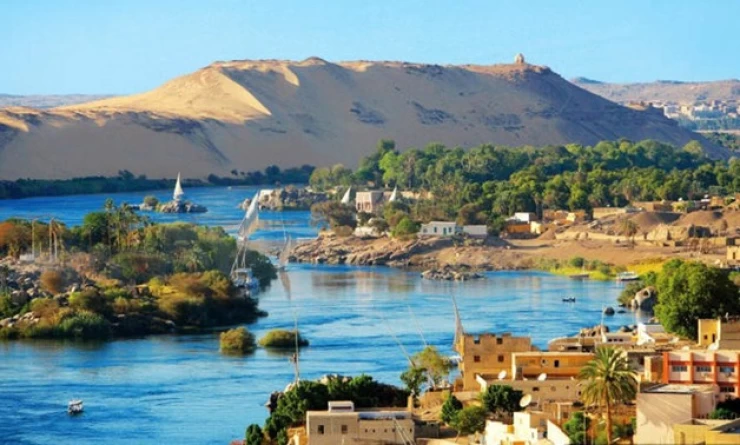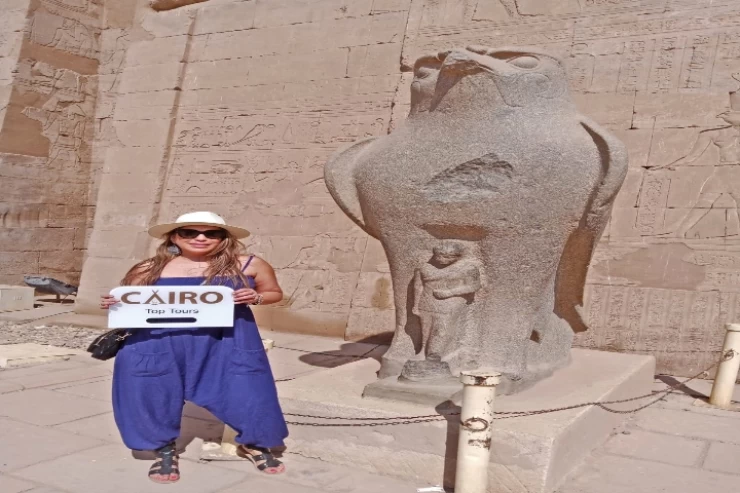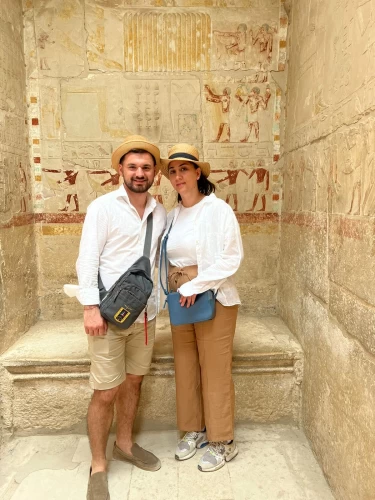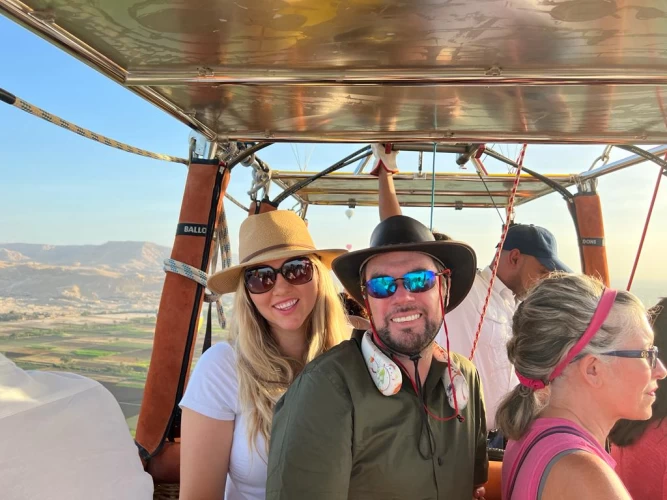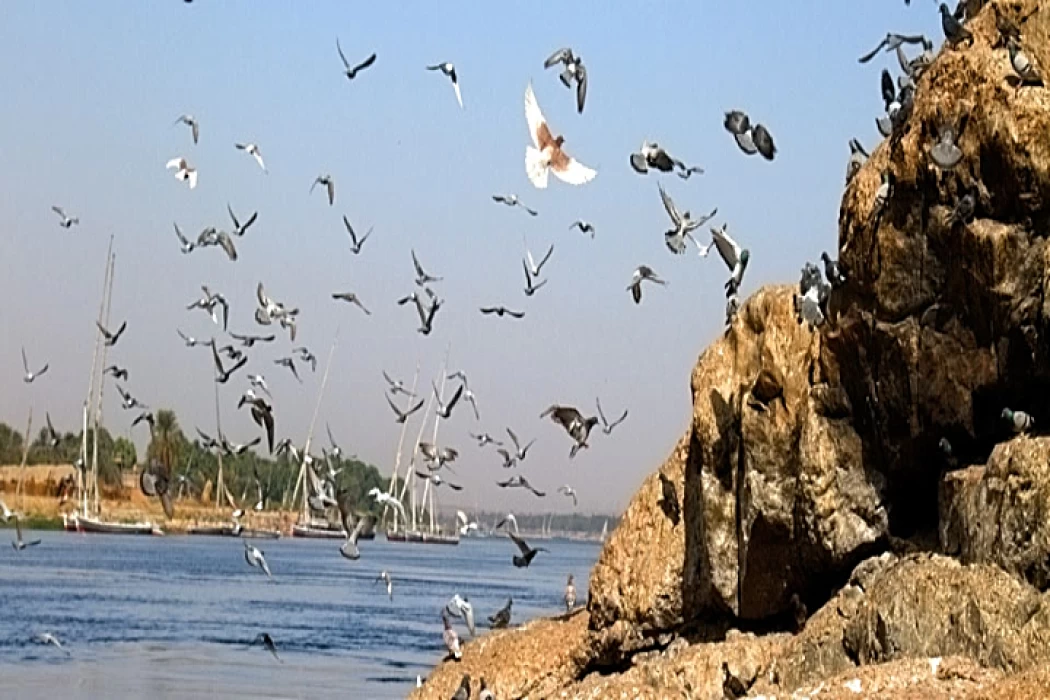
Tourism in Aswan | Aswan Tourism in Egypt
Tourism in Egypt
Located on the banks of the Nile River, southern Egypt's city of Aswan is characterized by culture, history, and nature. Known for its sunny climate and prehistoric archaeological sites, Aswan has grown to become a popular destination for tourists who want an authentic Egyptian experience. This complete travel guide has you covered on everything you may wish to know to plan your ideal trip to Aswan, from the best time to visit to the top sights, tips and tricks, bucket list things to do, and travel tips. With information on how to stay, getting around, food, and so much more, use this Aswan travel guide to make the most of your trip to this wonderful city.
Best time to visit Aswan
The best time to travel to Aswan is during the cooler winter months from November to March. This is when the daytime temperatures are warm but pleasant, ranging from the mid-20s to low 30s Celsius. The weather is sunny and usually rain-free.
While the winter season is more appealing to travelers, the summer crowds are still easy to handle compared to the scorching summer seasons. Shoulder seasons of April/May and September/October are also ideal times to visit. The weather is a little warmer, but you will avoid the lowest temperatures, enjoy smaller crowds, and lower accommodation charges.
A selection of prime tourist attractions located in Aswan
Philae Temple
There are several Ptolemaic period (332-30 BC) buildings of antiquity in Philae, including the temple begun by Ptolemy II Philadelphus (285-246 BC) and dedicated to Isis, the mother of Horus, queen of royalty. Also included is a scene inside the mamizi or birth chamber in which Horus's birthday was celebrated and showing Isis breastfeeding Horus in the bush.
Temple of Isis is one of the oldest Egyptian ancient temples; the temple remained operational until the Byzantine King Justinian I (527-565 AD), when all the pagan temples were ordered to be closed, where a priest wrote the last fourth-century AD (394 AD) hieroglyphic text on one of the columns by Ismet-Akhom. The temple had been turned into a church and the temple inscriptions defaced.
Behind the Temple of Isis is a temple for Hathor built by Ptolemy VI Philomator (180-145 BC) and Augustus, the first Emperor of Rome (30 BC-14 AD). The palace of Trajan (98-117 AD) in front of the Temple of Philae still stands although the roof has disappeared, and the symmetrical arrangement of its magnificent columns impressed travelers, who photographed and recorded it. Isis was the supreme goddess of the region, and the emperor is depicted offering sacrifices to her, her husband Osiris, and son Horus.
All of these objects were moved from the original island of Philae to the nearby island of Agilkia by the UNESCO Nubia campaign of the 1960s in order to save the sites that were flooded in building the Aswan High Dam.
The high dam
The High Dam is a total of 3,830 meters in length, 520 meters of which is between the two banks of the Nile and the rest extending in two wings on both sides of the river. It is 111 meters high above the bed of the Nile River, and its top width is 40 meters. The power plant is located on the eastern bank of the Nile, crossing the course of the diversion channel, where water is sucked into the turbines through six tunnels equipped with water control gates and grass screens. The power plant produces electricity of 10 billion kilowatt-hours yearly.
Kom Ombo Temple
The name of the site comes from the Arabic word "Kom," a popular name for most of the archaeological sites, and "Embu" from the ancient Egyptian language 'Nupt,' gold, and the name of the place as a whole means "golden (city)."
The city temple is dedicated to two gods: Sobek, the crocodile god, and Horus, the falcon-headed (Horus the Elder). Although there was already an earlier temple here in the New Kingdom (ca. 1550-1069 BC), the current temple building was built in the Greco-Roman era (332 BC-395 AD), with the earliest known royal name being Ptolemy VI (180-145 BC). Ptolemy XII (80-51 BC) completed most of the temple decoration.
The temple is uniquely designed. Because it is consecrated to two idols, it has two parallel axial corridors inside its columned halls, terminating in two compartments; the southern axis (right) is consecrated to Sobek, and the northern axis (left) is for Hor-war.
Aswan Museum
It is located on the eastern side of Elephantine Island. It is an island full of important monuments, like the temples built for the island god. Aswan Museum was inaugurated on Elephantine Island in 1898 AD as a rest house for the English irrigation engineer (William Wilcox), the designer of the Aswan Reservoir. This building was converted into a museum in 1912 AD after the Aswan Reservoir project was completed. Therefore, it is among the oldest regional museums in Egypt, and the museum stands out through a special setting—as it lies in an archaeological site and encircled by a group of temples (the temple of god Khnum, the temple of goddess Satet, the temple of goddess Satet, the temple of really Epp, the Nile scale, the centre of Aswan Island, and Aswan Museum)—is sectioned according to historical periods and comprises antiquities found in the Aswan region and Elephantine Island dating from the prehistoric period as well as earlier than the Pharaonic and Roman Ptolemaic period and even the Coptic and Islamic period. The museum consists of a ground floor and a basement, and the museum building has a balcony above the museum garden and the Nile across from the city of Aswan, and the museum roof is Jamalonian style with tiles to reflect the heat of the air, and the museum is made of grey and pink granite stone, and the museum's back is made of sandstone, and the museum ground floor
It contains a reception hall and a series of four halls (2 on the right side of the entrance and 2 on the left side of the entrance), then a circular corridor on which there are two halls opening, one of which is to showcase mummies and coffins, and a staircase to the museum basement, in which there are five rooms serving as antiquities stores which open onto a large central hall topped by a skylight roofed from above with iron bars and reinforced glass.
Latest Articles
Admin
Wadi El Rayan in Faiyum | Waterfalls in Wadi El Rayan
Wadi Al-Rayan Nature Reserve is one of the distinguished tourist areas in Fayoum Governorate, and one of the most important areas is the picturesque Wadi Al-Rayan Falls with its charming nature, which made it a destination for hundreds of thousands of tourists from different countries of the world who visit it during the year and enjoy practicing various tourist activities around the waterfalls, such as sand skiing, bird watching, and others.
Admin
The Medical Tourism in Egypt | Therapeutic Tourism Egypt
If you are planning medical tourism in Egypt and you don't know what medical tourism places you can visit, let me tell you, dear reader, about places rich in natural resources that provide effective treatments to get rid of diseases and get the most energy and vitality.
Admin
The Nile River information
The Nile River is the longest river in the world and is located in the continent of Africa, and it divides the land of Egypt from south to north to branch into two branches that flow into the Mediterranean Sea, namely the Rosetta Branch and the Damietta Branch, its length is from its headwaters in Lake Tanganyika to its mouth in the Mediterranean Sea
Admin
Goddess Isis | The Egyptian Goddess Isis
In the first millennium BCE, Isis and Osiris became the most worshipped Egyptian deities, and Isis took on many of the traits of the other gods. The rulers of Egypt and its neighbors to the south in Nubia began building temples specifically dedicated to Isis, and her temple at Philae was one of the most important religious centres for Egyptians and Nubians alike.
Admin
God Amun Ra | Amon Ra The Master of the Ancient Egyptian gods
By merging with Ra, Amun manifested himself in creation, thereby combining in himself the two divine opposites: as Amun, he was invisible, mysterious, and detached from the world, and as Ra, he was visible and the giver of everyday life. Similarly, he was associated with Maat, the Egyptian concept of justice and balance in the universe.
Admin
The Old Kingdom of Egypt
The Old Kingdom witnessed a great and rapid development of Egyptian civilization, which led to an increase in its power represented by the central government, the emergence of advanced hieroglyphic writing, advanced technologies, rising art, and effective administration.

